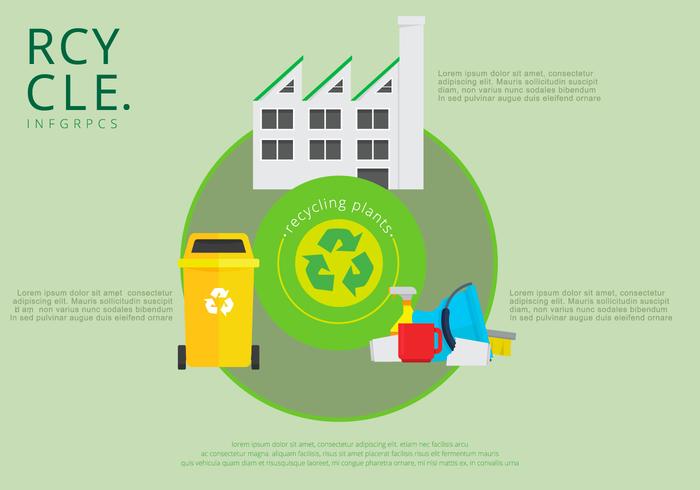Gain Proficiency In Determining The Optimal Dumpster Dimension For Your Task To Attain Performance And Cost-Effectiveness Through This All-Encompassing Overview
Gain Proficiency In Determining The Optimal Dumpster Dimension For Your Task To Attain Performance And Cost-Effectiveness Through This All-Encompassing Overview
Blog Article
Created By-Swain Snider
When embarking on a project that calls for a dumpster, the dimension you choose can significantly affect its effectiveness and cost-effectiveness. Think of having the excellent container that fits all your waste without being exceedingly huge or as well little. Everything beginnings with understanding the nuances of your project and choosing a dumpster size that aligns with your specific requirements. So, before you make a decision, think about the aspects at play to guarantee a smooth waste management process from beginning to end.
Elements to Think about
When selecting the appropriate dumpster dimension, there are a number of vital aspects to take into consideration.
First, consider the kind of waste you'll be dealing with. Various materials may need varying amounts of space, so comprehending what you'll be placing in the dumpster is essential.
Next, assess the amount of waste you anticipate to produce. If you ignore the volume, you might require to make numerous trips to get rid of everything, which can be inconvenient and costly. On the other hand, leasing a dumpster that's also large can result in unneeded expenses.
Additionally, take into consideration the space where the dumpster will be placed. Ensure there's enough space for the dumpster to be provided and grabbed with no blockages.
Lastly, think of any kind of weight limitations that might apply. Exceeding the weight limitation can result in added charges or perhaps the refusal of service.
Dumpster Size Choices
For selecting the right dumpster size, it's essential to have a mutual understanding of the offered choices. Dumpster sizes generally vary from 10 to 40 cubic backyards, with variants in between.
clicking here -yard dumpster is suitable for small jobs like a garage cleanout or a small improvement. If you're dealing with a medium-sized task such as a kitchen remodel or a cellar cleanout, a 20-yard dumpster might be the right choice.
For larger jobs like a whole-house restoration or business building, a 30 or 40-yard dumpster could be preferable to fit the quantity of waste created.
When picking a dumpster size, take into consideration the amount and type of particles you anticipate to get rid of. It's far better to pick a slightly bigger size if you're uncertain to prevent overfilling. Bear in mind, it's even more cost-effective to rent out a dumpster that fits your requirements as opposed to having to get an added one.
Matching Dimension to Task
Ideally matching the dumpster dimension to your job is vital for reliable waste management. To determine the best size, think about the range and nature of your job.
For little house cleanouts or remodellings, a 10-yard dumpster may suffice. These are typically 12 feet long and can hold around 4 pickup truck lots of waste.
For bigger jobs like renovating numerous rooms or removing a big estate, a 20-yard dumpster might be more suitable. These are around 22 feet long and can hold about 8 pickup truck loads.
If see here and construction project or commercial improvement, a 30-yard dumpster could be the most effective fit. 24 hour dumpster rental are about 22 feet long and can fit concerning 12 pickup truck loads of particles.
Matching the dumpster size to your job guarantees you have enough room for all waste materials without overpaying for extra ability.
Verdict
To conclude, selecting the best dumpster dimension for your job is important for effective waste disposal. By taking into consideration variables like the kind and amount of waste, room availability, weight limitations, and budget plan restrictions, you can guarantee you have the proper size dumpster for your requirements. Ensure to match the dimension of the dumpster to the range and nature of your task to prevent overspending on unnecessary expenditures.
